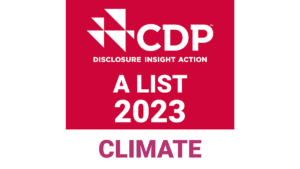Eco-Design Directive, Water Pumps and the opportunity for huge energy savings
This would result in not only the pump being covered, but the entire pumping unit, along with the necessary electric motor and control system, falling within scope of the Directive - as is already the case with heating pumps.
Total life cycle cost counts
This proposal would have a huge impact on energy efficiency. After China and the USA, Europe has the third largest electricity consumption in the world - around 3,300 terawatt hours (TWh) per year. More than 300 TWh of this is accounted for by electric pumps. That is the equivalent to the generated output of 30 large coal-fired power plants.
The EU Eco-Design Directive aims to improve the environmental impact of energy-intensive products through optimal design. Europump, the European pump association, has determined that water pumps can reduce electricity consumption by 35 TWh from 137 TWh a year. This would make it possible to shut down 4 coal-fired power stations. However, these enormous energy savings can only be achieved if the narrow product approach is abandoned in favour of an extended product approach; the aggregated savings must surely be considered over the entire life cycle of the product and its related system.
Make climate protection decisions now
However, the EU Commission seems intent on sticking with the narrow product approach for water pumps it adopted in 2009. This is in stark contrast to the beliefs of Europump.
Frank Ennenbach, Chairman of the Standards Commission at Europump says, “We see a real danger that we will not save the 35 TWh that we could. We will then miss the opportunity to make a major contribution to sustainability and climate protection.” He continued, “We have everything we need. We just need the legislator to make the right decisions.”
Europump, along with all its member organisations, supports the demand of European pump manufacturers to move from the narrow to the extended product approach for water pumps.
Source: Europump







